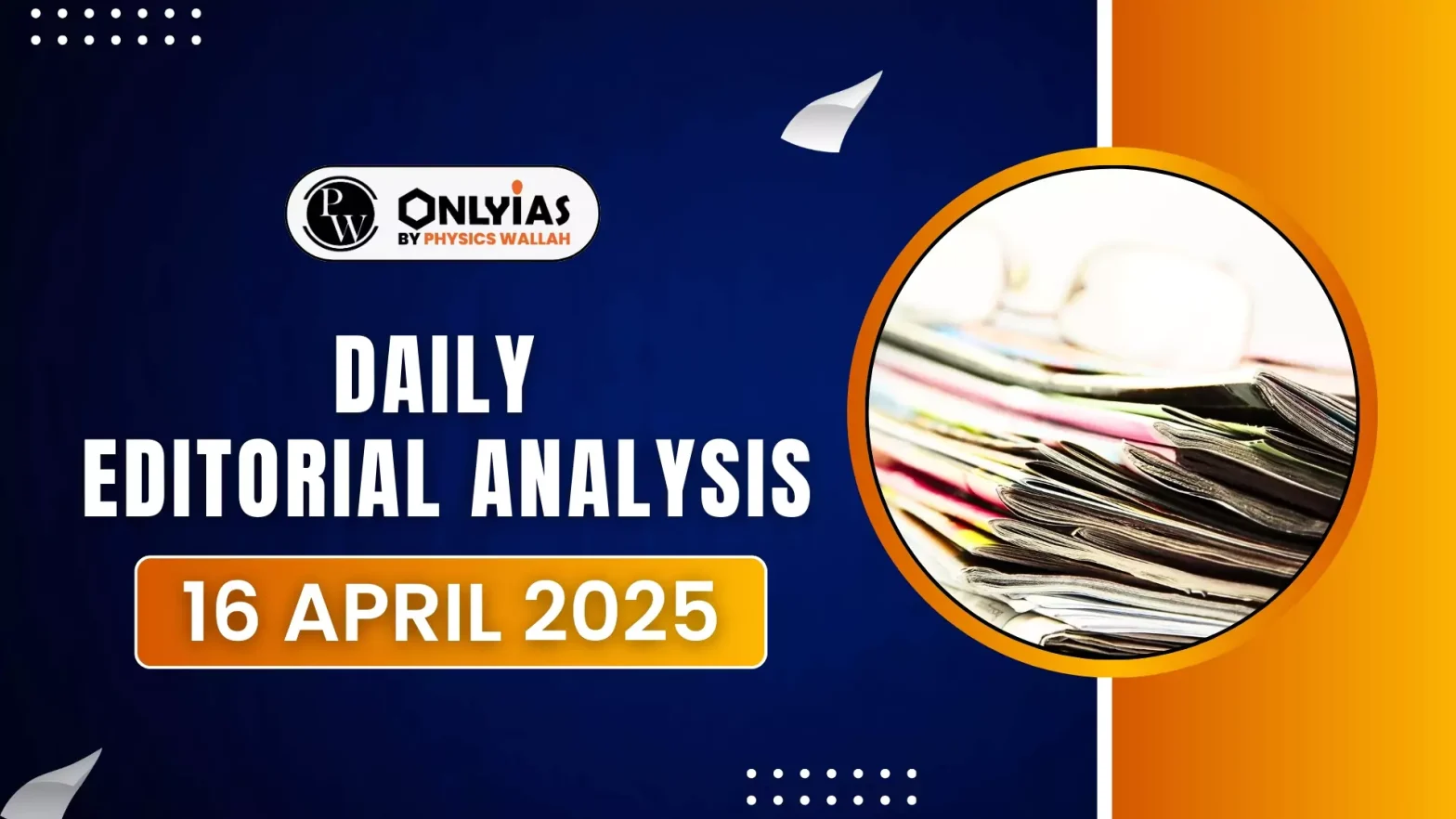In recent years, the discourse around AI governance has shifted from focusing on social safety, inclusivity, and human rights to prioritizing innovation and economic prosperity.
Global AI Governance
- AI Regulation Worldwide: A few countries and regions have already enacted laws to regulate AI, including China, the European Union, Canada, Korea, Peru, and the U.S. (although the U.S. has revoked former President Joe Biden’s Executive Order on AI).
- Global AI Strategy: About 85 countries and the African Union have developed AI strategy documents focused on inclusive, ethical, and sustainable AI growth.
- Draft Bills: Draft AI Bills are under consideration in countries like the U.K., Japan, Brazil, Costa Rica, Colombia, and Pakistan.
India’s Approach to AI Regulation
- Lack of a Formal Strategy: India has not yet adopted an officially approved National AI Strategy or a law specifically regulating AI. The government has instead focused on the IndiaAI mission, which aims to support the development and adoption of AI.
- The NITI Aayog’s 2018 National Strategy for Artificial Intelligence is non-binding and lacks a formal implementation plan or budget.
- IndiaAI Mission: The IndiaAI mission aims to create a safe, skilled, innovative, and trustworthy AI ecosystem. Several initiatives, like the creation of a foundational AI model, are in progress.
- An advisory group of experts is working on developing governance recommendations, though there is limited clarity on whether these will be integrated into official policies.
Challenges of AI Adoption in India
- Gaps in India’s Approach Flexibility to adapt policies as technologies, geopolitics, and market dynamics evolve is a notable benefit. However, this approach leaves significant gaps.
- There is no clear vision, priorities, or accountability mechanisms for AI development in India. The initiatives remain reactive and may not be aligned with a long-term, cohesive strategy.
- Dependence on individual leadership could lead to inconsistency in the implementation of AI policies.
- Rapid Rise in AI Adoption: AI development is predominantly concentrated in countries like the U.S., the EU, the U.K., and China, but India is seeing a rapid rise in AI adoption.
- Practical Concerns: As AI adoption increases, there are rising concerns about its implementation.
- Discrimination, exclusion, unfair outcomes, and cybersecurity threats.
Privacy breaches and unequal opportunities.
- Lack of Regulatory Guardrails: Currently, the guardrails for AI implementation are voluntary and lack clarity. Public awareness about algorithmic use, efficacy, and evaluation metrics is very limited.
- This is especially concerning in sectors like banking, insurance, education, healthcare, and public administration, which directly impact citizens’ lives.
- Absence of Civic Discourse: There is little civic discourse on critical AI issues such as algorithmic alignment with societal values, model evaluation outcomes, data provenance, content provenance and labor market disruptions and cybersecurity risks.
- Social Harm: AI-generated content on social media has already caused violence and social harm in India, highlighting the urgency of addressing these risks.
Way Forward
- Global Data Protection Models: Various countries have adopted different models for AI governance and data regulation. Insights from these global policies can help shape India’s approach.
- Europe and China: The EU’s General Data Protection Regulation (GDPR) and China’s Personal Information Protection Law are cross-sectoral, centralised, and comprehensive.
- China has introduced laws tailored to specific AI types (e.g., generative AI) and use cases (e.g., deep synthesis).
- United States: The U.S. adopts a decentralised, sector-specific approach to data protection and privacy.
- Building Framework: India could follow one of these established models or create a hybrid approach, incorporating lessons from both centralised and sector-specific regulations.
- The DPDP Act, 2023 is a centralised model, and India can build on this framework to address AI regulation.
- Pilot Enforcement Tools: India could adopt an AI policy as an initial step toward formal AI regulation. This policy would allow the government to pilot enforcement tools before introducing comprehensive AI legislation.
- India’s Vision for AI: Defining long-term objectives for AI development and adoption.
- Building Capacity and Infrastructure: Strategies to support AI innovation, research, and growth.
- Government Authority: Clear designation of the responsible government agency or body for AI regulation.
- Ethical Guidelines: Establishing frameworks for responsible AI use to prevent harm and ensure fairness.
- Priority Sectors: Identifying sectors where AI can contribute to socio-economic growth, such as healthcare, education, and agriculture.
Conclusion
The government should initiate public discussions on the use of AI to address concerns and promote awareness. Engaging the public in discourse will help ensure transparency and accountability in AI deployment and governance.
![]() 16 Apr 2025
16 Apr 2025

